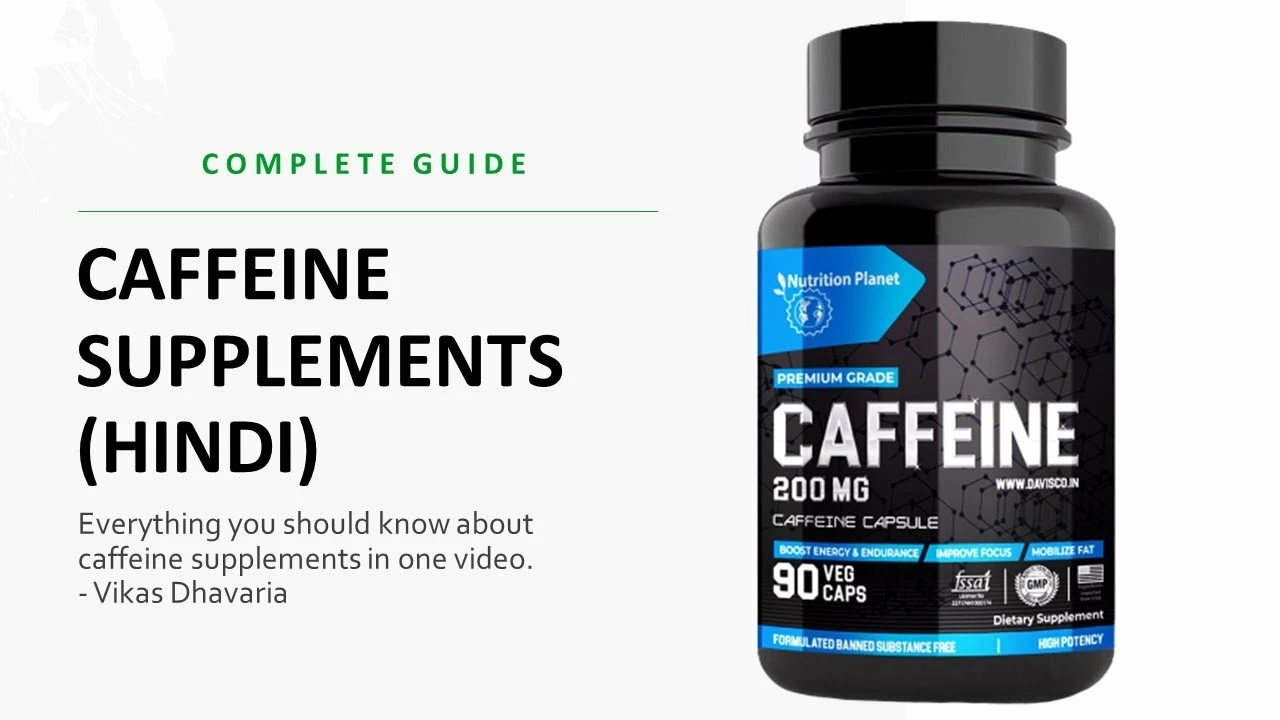Caffeic Acid: What It Is and Why People Care
You probably get a dose of caffeic acid with your morning coffee. It’s a common plant compound—an antioxidant found in coffee beans, many fruits, vegetables, and herbs. People notice it because lab studies show it fights oxidative stress and inflammation, two things that contribute to aging and chronic disease.
Caffeic acid isn’t the same as caffeine. It’s a different molecule with its own effects. In simple terms, it helps neutralize free radicals, so cells avoid some damage. That’s why researchers are curious about its role in skin health, blood sugar control, and wound healing. Most positive findings so far come from test tubes and animal work; human trials are limited but promising in some areas.
Where to find caffeic acid
Want practical sources? Here are foods that contain decent amounts:
- Coffee (especially darker roasts and unprocessed beans)
- Berries like blueberries and strawberries
- Apples and pears
- Leafy herbs: thyme, sage, rosemary
- Whole grains and sunflower seeds
- Bee products like propolis (contains a related compound, CAPE)
Try adding fresh herbs to meals, snacking on berries, or swapping refined carbs for whole grains to boost intake naturally.
How people use caffeic acid
Most people get it through diet. Some use supplements or topical creams that include caffeic acid or derivatives for skin benefits. A common derivative, caffeic acid phenethyl ester (CAPE), shows strong effects in lab tests and pops up in propolis-based products. If you’re trying it for skin, look for formulations backed by product testing. For general health, focusing on a variety of caffeic-acid rich foods is the simplest choice.
Realistic benefits: reduced markers of inflammation, protection against some types of oxidative damage, and potential support for healthy blood sugar levels. Keep expectations measured: cell studies don’t always match what happens in people. Still, small human studies and real-world use suggest mild benefits without dramatic effects.
Safety tips: caffeic acid from foods is generally safe. High-dose supplements can affect blood clotting, so avoid them if you take blood thinners or have bleeding disorders. If you’re pregnant or breastfeeding, talk to your doctor before using concentrated supplements. People allergic to bee products should be careful with propolis or CAPE. Side effects are uncommon but can include stomach upset in sensitive people.
Practical takeaways: add more herbs and berries to your diet, enjoy coffee in moderation, and prefer whole-food sources over high-dose supplements unless a clinician recommends them. If you’re using caffeic-acid skincare or supplements, check product testing and chat with your healthcare provider about interactions with meds. Small changes—like swapping a sugary snack for fruit or adding rosemary to roast vegetables—are simple ways to get more of this helpful plant compound into your day.
